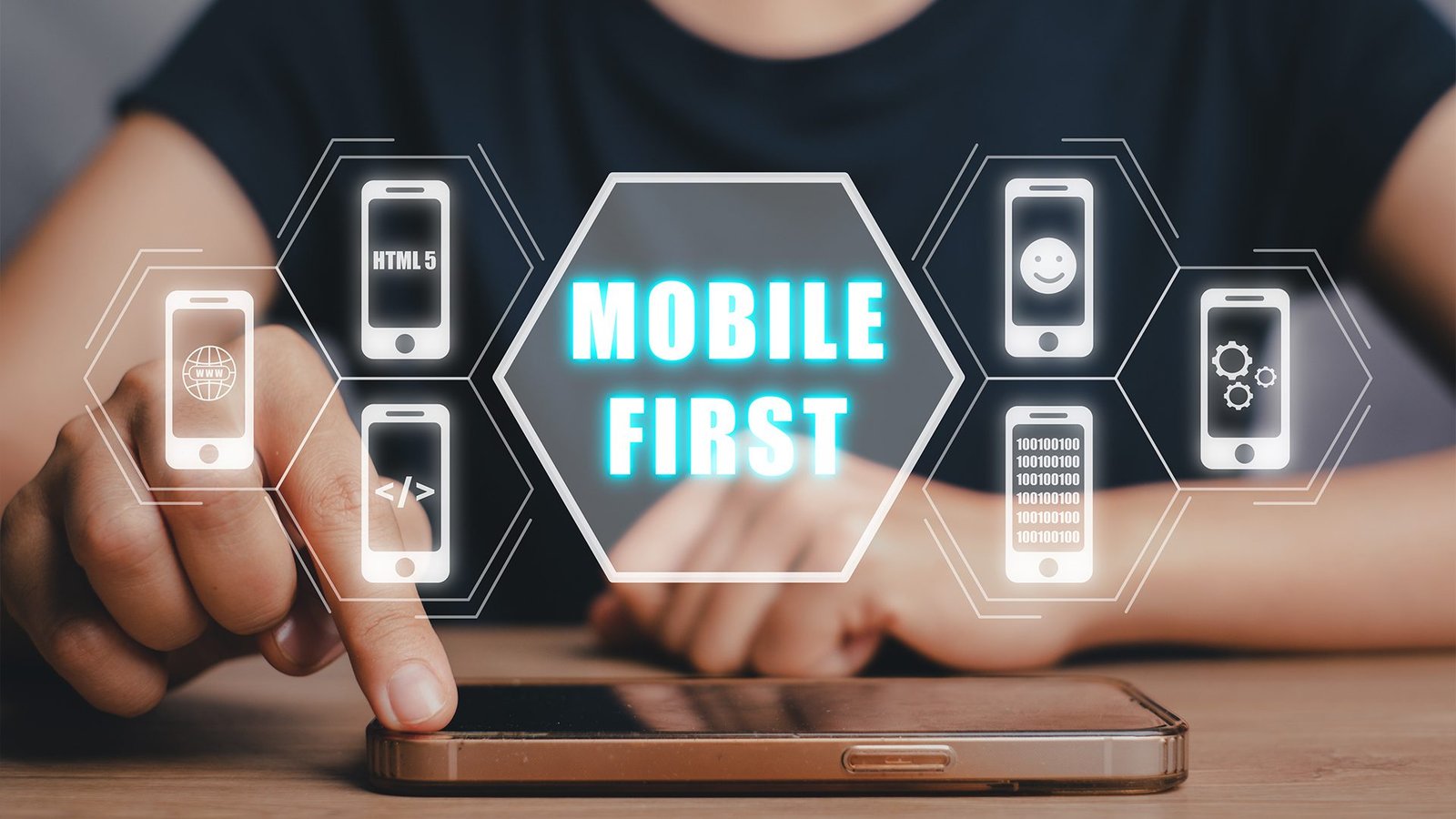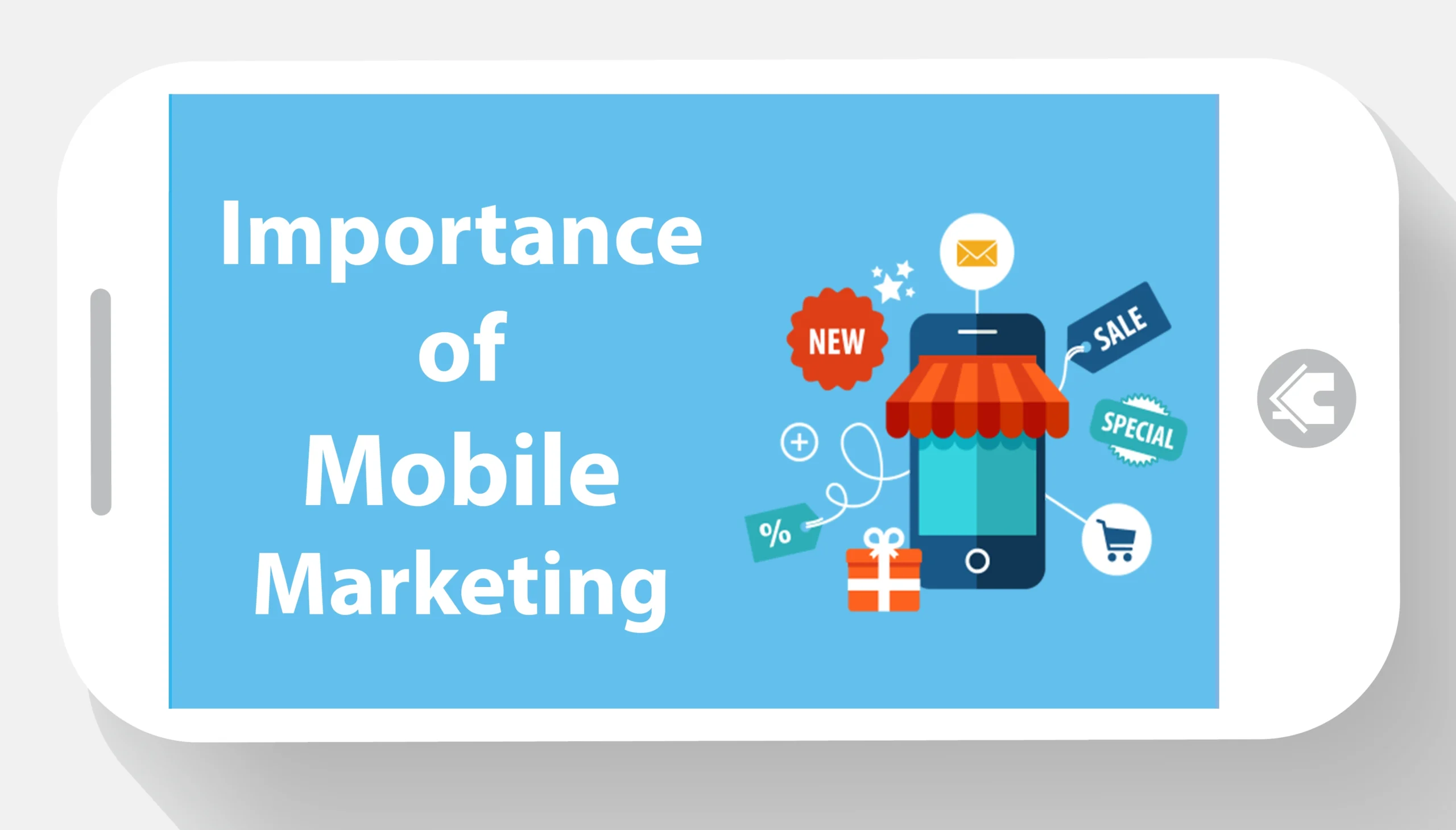In the modern digital landscape, mobile first marketing meets users where they are—on their smartphones. With mobile devices accounting for the majority of web traffic, businesses can no longer afford to treat mobile optimization as an afterthought. Instead, successful brands build strategies around mobile experiences from the start. By prioritizing convenience, speed, and accessibility, mobile-first marketing connects with audiences in real time. This approach not only improves engagement but also drives conversions in a world that’s constantly on the go.

Understanding Mobile First Marketing
Mobile-first marketing means designing campaigns and experiences with mobile users as the primary audience. Since mobile first marketing meets users where they are, it ensures that websites, ads, and content perform seamlessly on smaller screens. From responsive design to mobile-friendly emails, every detail matters. The goal is to remove friction from the user journey, allowing customers to interact effortlessly. In an age when most people browse, shop, and engage through phones, this strategy creates stronger, more meaningful connections.
The Power of Real-Time Engagement
One of the greatest advantages of mobile-first marketing is the ability to reach customers instantly. Push notifications, SMS campaigns, and in-app messages enable brands to communicate at the perfect moment. Because mobile first marketing meets users where they are, it bridges the gap between online discovery and immediate action. For example, a restaurant can send a discount code during lunchtime to nearby users, prompting instant visits. Real-time communication turns awareness into conversions, enhancing both relevance and results.
Optimizing Websites for Mobile Experience
A mobile-first strategy begins with a well-optimized website. Slow load times or cluttered layouts can drive users away in seconds. Since mobile first marketing meets users where they are, your site must deliver speed, clarity, and functionality on every device. Features like large buttons, minimal text, and quick navigation enhance usability. Moreover, search engines prioritize mobile-friendly sites, improving visibility and rankings. By focusing on user experience, you ensure that mobile visitors not only stay longer but also take meaningful action.
Leveraging Social Media and Mobile Apps
Social platforms are predominantly accessed via smartphones, making them essential to any mobile-first approach. Apps like Instagram, TikTok, and Facebook are where people spend most of their time—and where brands must meet them. Because mobile first marketing meets users where they are, leveraging these platforms for storytelling, promotions, and engagement is crucial. Creating vertical videos, mobile-optimized ads, and interactive polls ensures your content fits naturally into users’ daily routines. This proximity builds trust and encourages repeat interactions.
Location-Based Marketing for Personalized Reach
Mobile-first strategies also harness location data to deliver hyper-targeted campaigns. Using GPS and geofencing, businesses can send relevant offers based on where users are physically located. Since mobile first marketing meets users where they are, location-based targeting turns context into opportunity. A retail store can alert nearby shoppers about flash sales, while an event organizer can promote local experiences. These personalized touches make marketing more human and timely, enhancing both engagement and conversion rates.
Mobile SEO: Visibility in a Mobile-Driven World
As search behavior shifts toward mobile devices, optimizing for mobile SEO has become essential. Google’s mobile-first indexing means the mobile version of your site determines how it ranks. Because mobile first marketing meets users where they are, ensuring your site is fast, responsive, and accessible is key to staying competitive. Incorporating local keywords, structured data, and concise meta descriptions also improves discoverability. Mobile SEO ensures that your brand remains visible exactly where customers are searching—on their phones.
Conclusion
In conclusion, mobile first marketing meets users where they are by adapting to how people live, browse, and buy today. It’s about prioritizing convenience, personalization, and real-time engagement across every touchpoint. From mobile-optimized websites to location-based offers and social content, this approach transforms marketing into a seamless experience. Businesses that embrace the mobile mindset position themselves for stronger relationships and higher conversions. In a world that never stops moving, mobile-first strategies ensure your brand moves right alongside your customers.











